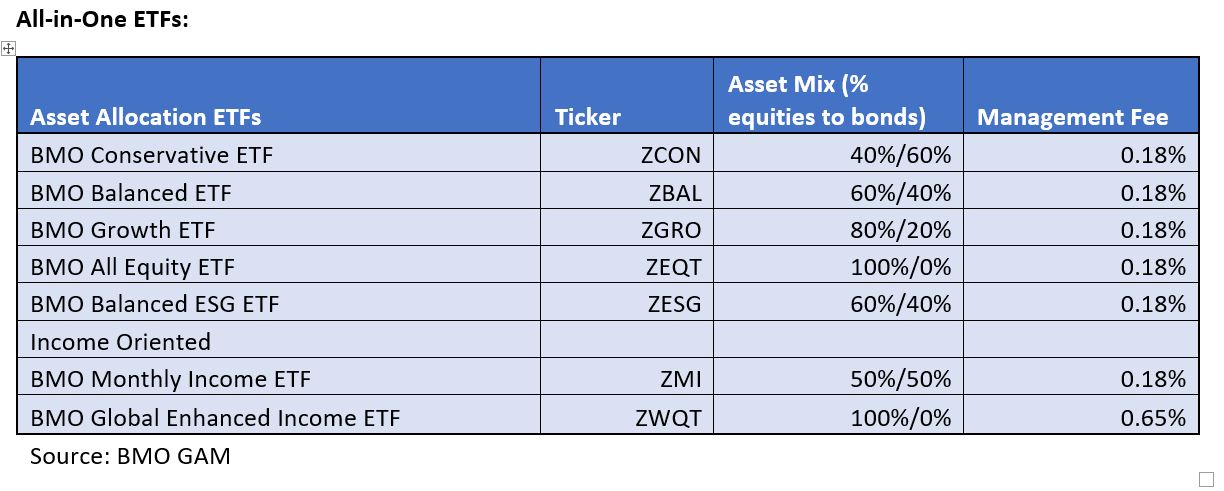
By Aurèle Courcelles
Special to Financial Independence Hub
Tax time can be overwhelming, but a financial advisor can help simplify the process and ensure you’re maximizing all the credits and deductions available to you and your family. While financial planning should take place year-round, there are important considerations, strategies and dates that should be top of mind at year-end to help reduce your taxes and keep more of your hard-earned money in your pocket.
Year-End Tax Planning Checklist for Individuals
• Saving for retirement with a Retirement Savings Plan (RSP)
Most of us know making an RSP contribution is generally a sound decision if you have unused room available. Once you’ve decided to contribute settled on how much, you should then determine whether it’s best to contribute to your own plan or a spousal RSP for your spouse or common-law partner. Making a spousal contribution before the end of the year rather than waiting until the first 60 days of next year could affect who pays tax on eventual withdrawals.
- Planning your retirement income
Speak with a financial advisor to discuss retirement income options, including basing your Retirement Income Fund (RIF) withdrawals on the age of your younger spouse or common-law partner. Determine if you qualify for the pension income credit, which may allow you to significantly reduce federal taxes (provincial credit amounts vary) on the first $2,000 of your pension or RIF income. If you have or will reach age 71 this year and have unused RSP contribution room, you should make your RSP contribution by December 31 or you may lose that option.
- Tax-Free Savings Accounts (TFSAs)
You should always consider contributing to a TFSA to take advantage of tax-sheltered savings. The contribution limit for 2023 is $6,500 and rising to $7,000 for next year, but don’t forget about any unused contribution room that is carried forward from year to year. Gifting money to your spouse or common-law partner to make their contribution can also provide additional tax advantages. The sooner you contribute to a TFSA, the faster your investments can grow tax-free. Meanwhile, if a TFSA withdrawal is in your plans, doing so before year-end rather than early in the new year gives you back your contribution room a lot sooner.
- Registered Education Savings Plans (RESPs)
Contributions to an RESP entitle you to a Canada Education Savings Grant (CESG) of up to $500 per year, or $1,000 if there is unused grant room from previous years. If you’ve accumulated even more than $1,000 of room, making an RESP contribution prior to year-end will allow for more combined grants this year and next. Speak with a financial advisor to help you maximize your CESG.
- Home Buyers’ Plan (HBP)
The Home Buyers’ Plan allows you to borrow funds from your RSP to purchase your first home, so long as you purchase the home before October 1 of the year following the withdrawal and all withdrawals are made in the same calendar year. Repayment of the withdrawals begins two years following the year of the withdrawal. Delaying your withdrawal to next year rather than late this year will allow more time to purchase a new home, make more withdrawals if necessary and delay the start of required repayments.
- Considering taxes when realizing gains or losses on your investments
If you have or will realize capital gains in 2023, consider triggering capital losses prior to the end of the year. Losses can offset gains, reducing any taxes that could otherwise be associated with those gains. If your 2023 capital losses exceed your capital gains, they can be applied against gains in any of the previous three years to help you recover taxes paid on those gains. Speak to your financial advisor prior to repurchasing any investment you sold at a loss, as doing so too quickly puts the loss at risk of being denied.
Key Strategies to Enhance Charitable Giving
December is synonymous with the season of giving, but many Canadians miss out on giving in the most tax-efficient way. Whether it’s a continuation of donations made throughout the year or an initial donation, there are several strategies to consider when donating prior to year-end.
- Maximize the value of donation tax credits
The first $200 of donations you claim on your tax return receive a lower donation tax credit rate than donations claimed above $200 (except in Alberta). To limit donations subject to the lower $200 credit rate outside Alberta, consider bringing forward donations planned early in the new year and make them prior to December 31st. Not only will the charity get the funds sooner, but you’ll get the tax benefit a full year earlier. Continue Reading…





